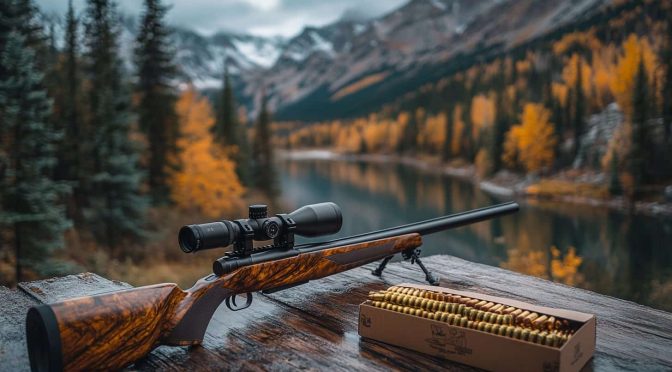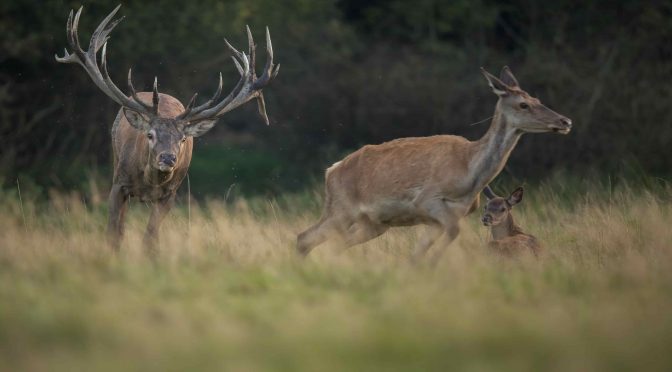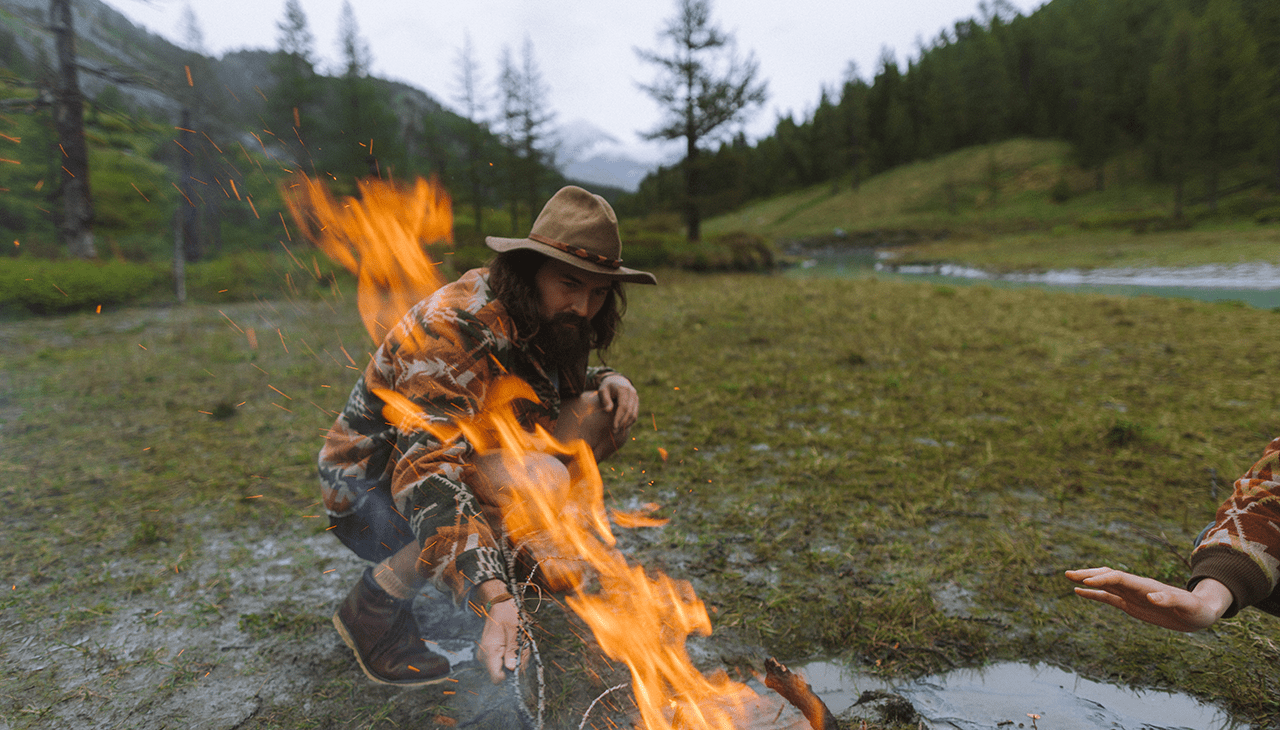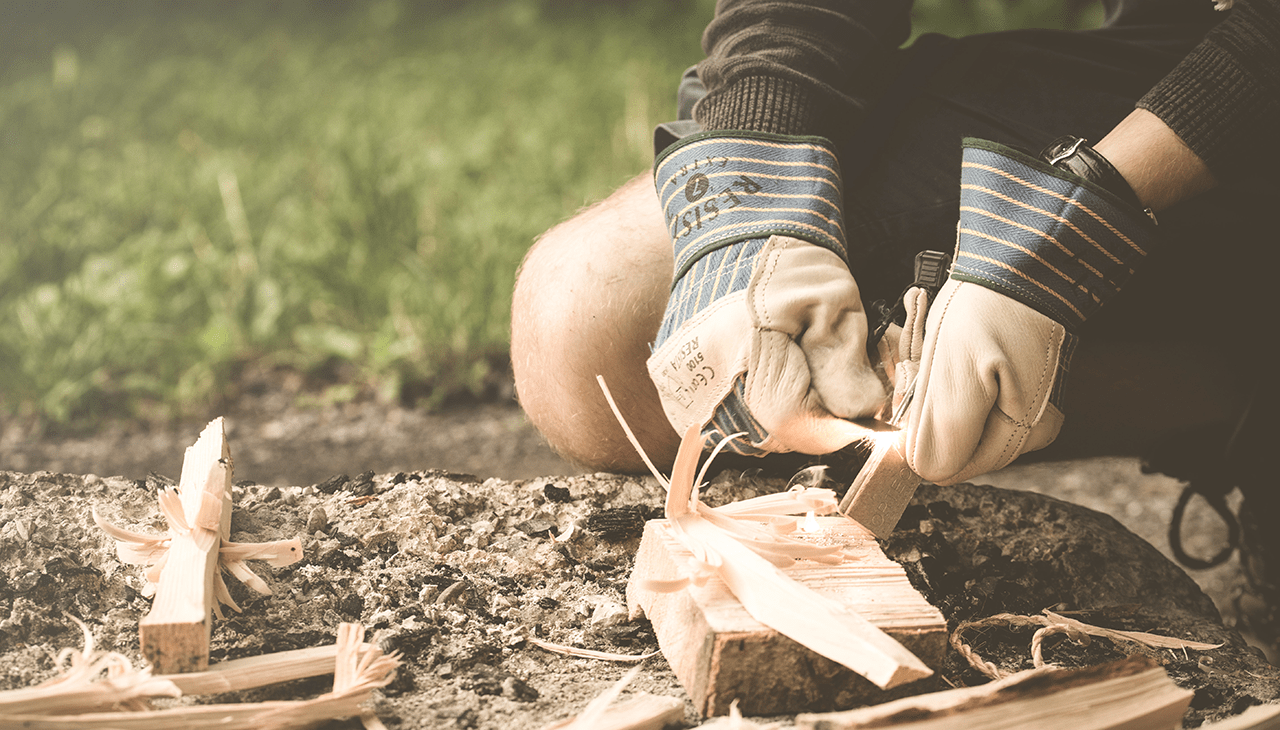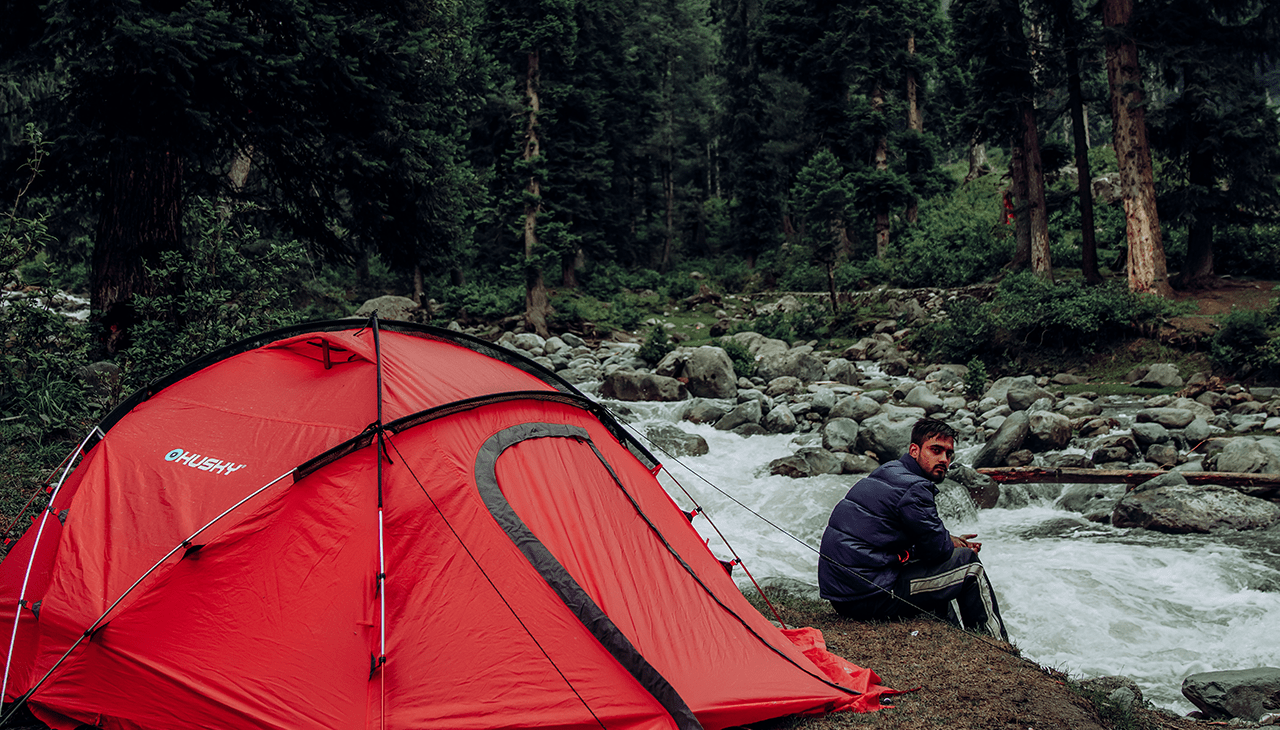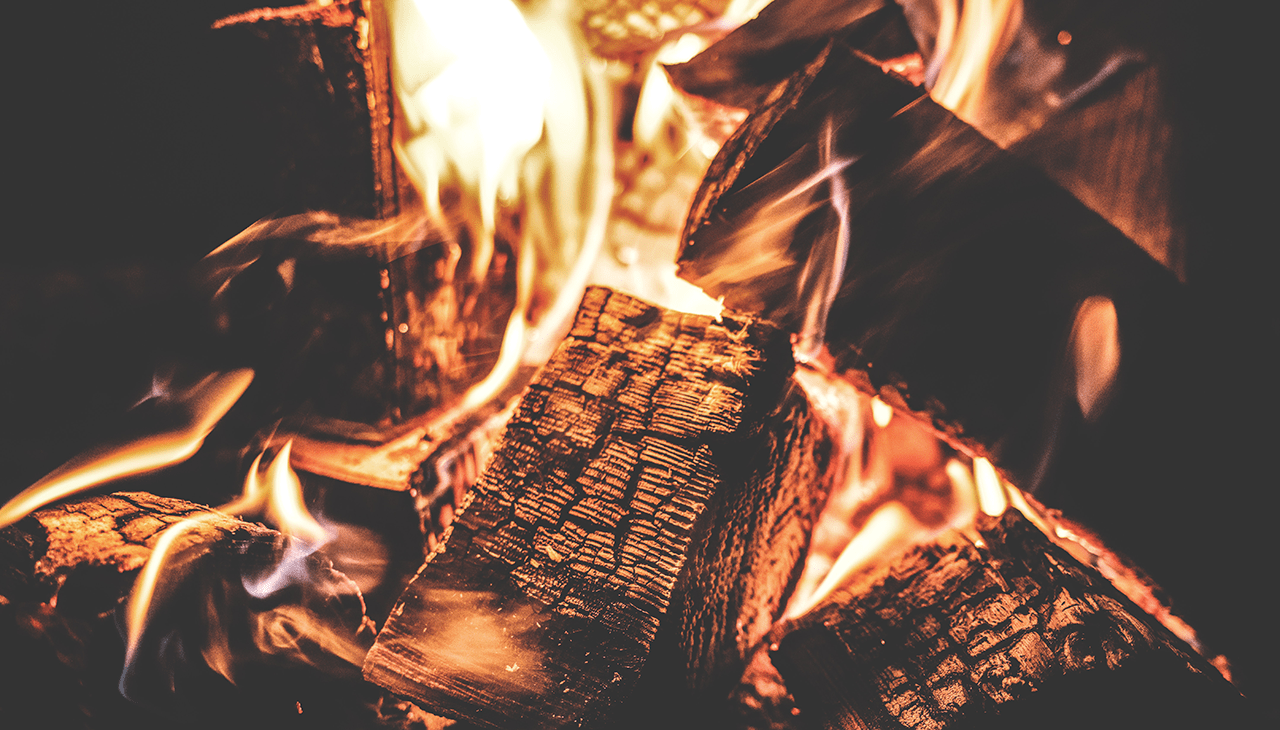For hunters, choosing the right rifle is one of the most critical factors for a successful hunt. Whether you’re stalking deer through dense forests or tracking elk across open plains, having a reliable, accurate, and well-balanced rifle can make all the difference. With advancements in firearm technology, 2025 brings new and improved models that offer enhanced accuracy, better ergonomics, and superior materials.
In this guide, we’ll review the top hunting rifles for deer and elk, highlighting their key features, ballistics, and why they stand out in the field. If you’re looking to upgrade your hunting gear, this article will help you find the best rifle for your needs.
What to Look for in a Hunting Rifle
Before diving into the top models of 2025, it’s essential to understand the key factors that make a great hunting rifle:
- Caliber: The best calibers for deer and elk include .270 Winchester, .30-06 Springfield, .308 Winchester, 6.5 Creedmoor, and .300 Winchester Magnum. These offer the perfect balance of power and accuracy.
- Accuracy: A high-quality barrel and advanced optics compatibility are crucial for ensuring precise shots.
- Weight and Ergonomics: A lightweight, well-balanced rifle is easier to carry during long hunting trips.
- Reliability and Durability: The best rifles are built with premium materials that withstand harsh weather conditions.
- Recoil Management: Comfortable shooting experience is crucial for accurate follow-up shots.
Best Hunting Rifles for 2025
1. Browning X-Bolt Pro Long Range
The Browning X-Bolt Pro Long Range is a high-performance rifle designed for hunters who need long-range precision. It features a carbon fiber stock for reduced weight and durability, along with a fluted, stainless steel barrel for consistent accuracy. The X-Bolt action is known for its smooth cycling and reliability, making it a favorite among serious hunters.
Key Features:
- Caliber Options: 6.5 Creedmoor, .300 Win Mag, .308 Winchester
- Barrel: 26-inch fluted, stainless steel
- Weight: 6.8 lbs
- Trigger: Adjustable Feather Trigger
- Pros: Lightweight, highly accurate, durable in extreme weather conditions
This rifle is ideal for elk hunters who need power and reach while keeping their gear manageable on long treks.
2. Tikka T3x Lite
For hunters who prioritize lightweight performance without sacrificing accuracy, the Tikka T3x Lite remains a top contender in 2025. It is known for its silky-smooth bolt action, crisp trigger, and outstanding build quality. The synthetic stock makes it weather-resistant, and its reduced weight ensures you won’t get fatigued carrying it through the wilderness.
Key Features:
- Caliber Options: .270 Win, 6.5 Creedmoor, .308 Win
- Barrel: 22.4-inch cold-hammer-forged steel
- Weight: 6.5 lbs
- Trigger: Adjustable single-stage trigger
- Pros: Extremely lightweight, smooth action, excellent trigger pull
This rifle is perfect for deer hunters who navigate dense forests and need a quick-handling firearm.
3. Savage 110 Ultralite
The Savage 110 Ultralite is an ideal choice for hunters who want a lightweight rifle with premium accuracy. Equipped with a Proof Research carbon fiber barrel, it sheds weight without compromising durability or precision. The AccuTrigger system allows for an adjustable trigger pull, ensuring the best shot placement.
Key Features:
- Caliber Options: 6.5 PRC, .270 Win, .30-06 Springfield
- Barrel: Carbon fiber-wrapped, 22-inch
- Weight: 5.8 lbs
- Trigger: AccuTrigger adjustable
- Pros: Ultralight design, high accuracy, excellent trigger system
For backcountry hunters looking to minimize gear weight while maintaining performance, this rifle is a top-tier choice.
4. Weatherby Mark V Backcountry 2.0
Designed for extreme terrain and demanding hunts, the Weatherby Mark V Backcountry 2.0 delivers exceptional long-range accuracy with minimal weight. The six-lug action ensures smooth cycling, while the carbon fiber stock and titanium receiver contribute to its ultra-light feel.
Key Features:
- Caliber Options: .280 Ackley Improved, 6.5 Creedmoor, .300 Wby Mag
- Barrel: 24-inch fluted
- Weight: 5.3 lbs
- Trigger: Adjustable Match-Grade Trigger
- Pros: Premium materials, top-tier accuracy, lightweight construction
This rifle is excellent for elk hunters who need to take long-range shots in open terrain.
5. Christensen Arms Ridgeline FFT
The Christensen Arms Ridgeline FFT is one of the most technologically advanced hunting rifles of 2025. It features Flash Forged Technology (FFT) for a reduced-weight stock while maintaining strength. The sub-MOA accuracy ensures precise long-distance shots, and its carbon fiber barrel minimizes heat buildup.
Key Features:
- Caliber Options: .300 Win Mag, 6.5 Creedmoor, .28 Nosler
- Barrel: 24-inch carbon fiber
- Weight: 5.8 lbs
- Trigger: Adjustable
- Pros: Extremely lightweight, high accuracy, durable stock
This rifle is perfect for hunters who want the latest in cutting-edge materials without compromising reliability.
Conclusion
Selecting the best rifle for deer and elk hunting in 2025 depends on your hunting style, terrain, and personal preference. Whether you need a lightweight, backcountry-ready rifle or a long-range precision firearm, there is a perfect option available.
- For those prioritizing lightweight performance, the Savage 110 Ultralite and Weatherby Mark V Backcountry 2.0 stand out.
- If long-range accuracy is key, the Browning X-Bolt Pro Long Range and Christensen Arms Ridgeline FFT deliver unmatched precision.
- For all-around reliability and affordability, the Tikka T3x Lite remains a top favorite.
Each of these rifles is designed to provide an excellent balance of power, accuracy, and durability, ensuring a successful and ethical hunt.

